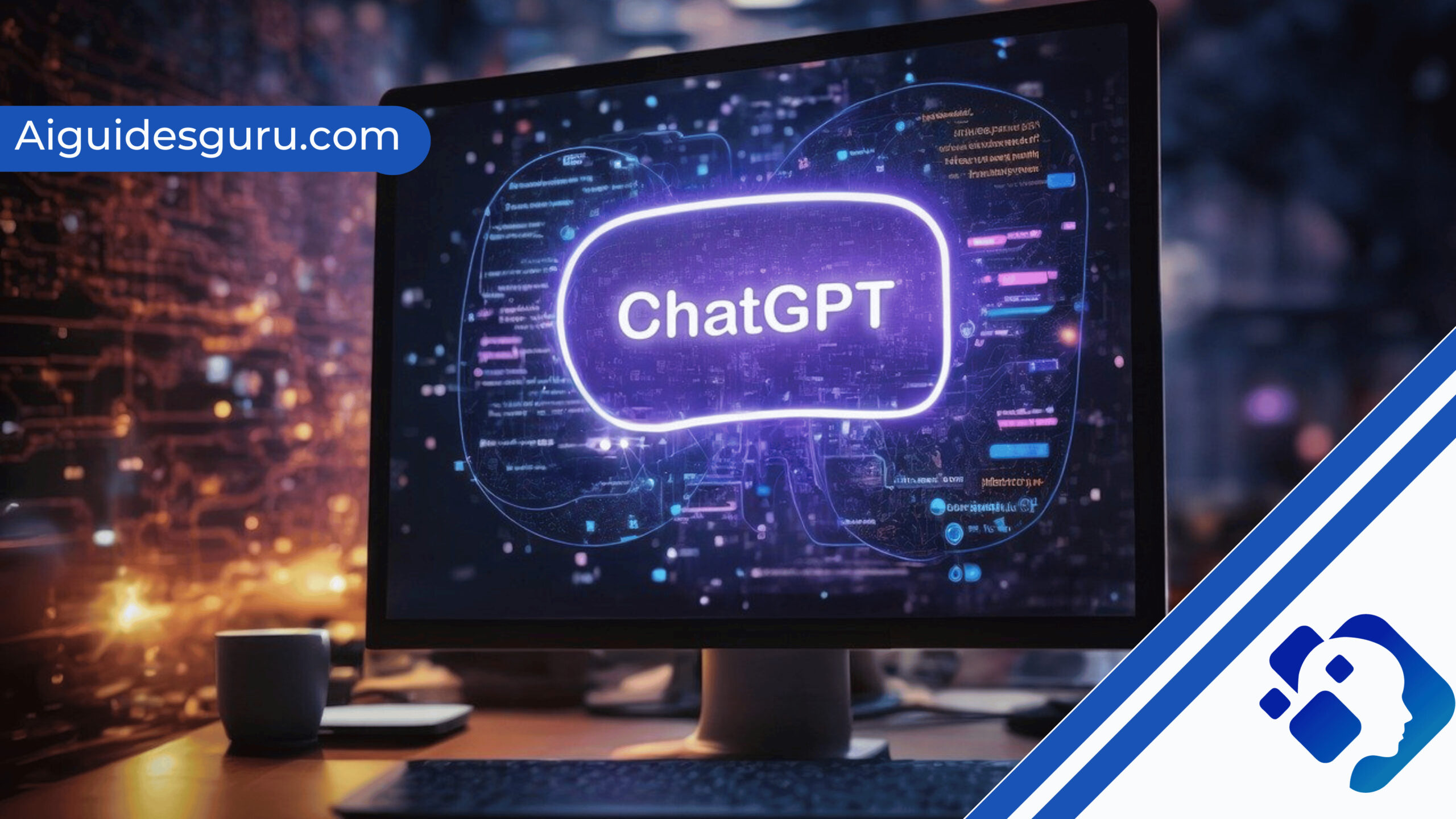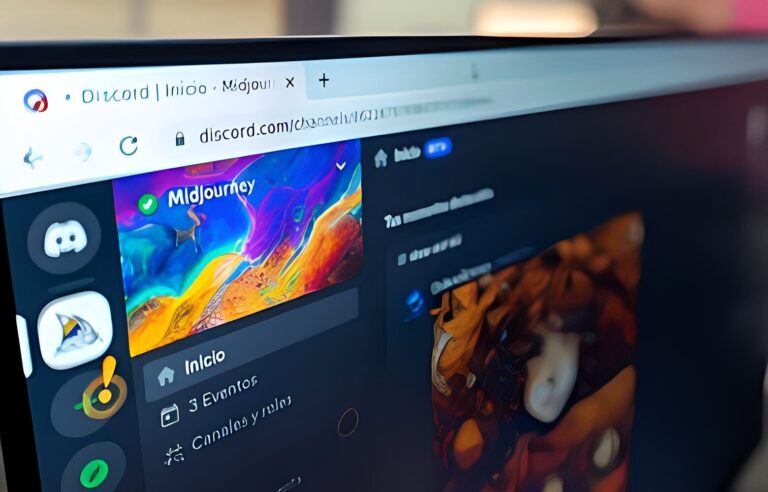What is ChatGPT Reverse Proxy

In the digital era, communication plays a pivotal role, and artificial intelligence (AI) has become a driving force behind seamless interactions with intelligent systems. OpenAI’s ChatGPT is one such remarkable system, a powerful language model that allows users to engage in natural language conversations. But what exactly is a ChatGPT reverse proxy? How does it work? And what are its implications? In this comprehensive guide, we will explore the concept of a ChatGPT reverse proxy, its architecture, implementation techniques, and practical use cases.
Understanding Reverse Proxies
Before diving into the intricacies of ChatGPT reverse proxies, let’s first understand the concept of a reverse proxy. In simple terms, a reverse proxy acts as an intermediary between clients and servers, forwarding requests from clients to appropriate servers and returning the server’s response back to the clients. It serves as a gatekeeper, shielding the servers from direct external requests and providing additional functionalities such as load balancing, caching, and security enhancements.
Introducing ChatGPT Reverse Proxy
When applied to OpenAI’s ChatGPT, the concept of a reverse proxy takes a unique twist. ChatGPT reverse proxy acts as a bridge between users and the OpenAI API, enabling seamless interactions with the model through a user-friendly interface. Acting as a middleman, the reverse proxy takes user input, forwards it to the API, and delivers the model’s response back to the user. This innovative approach enhances security, performance, and manageability while providing customization options for developers.
Related: Does ChatGPT Save Data
The Features of ChatGPT Reverse Proxy
ChatGPT reverse proxy offers a range of features that enhance its functionality and make it a valuable tool for interacting with the OpenAI API. Let’s explore each feature in detail:
Seamless Interaction
ChatGPT reverse proxy provides a seamless interface between users and the ChatGPT model. It allows users to communicate with the model effortlessly, mimicking a natural conversation experience. With its user-friendly design, interacting with ChatGPT becomes intuitive and engaging.
Scalability
With the help of a reverse proxy, ChatGPT can be deployed on centralized servers, enabling multiple users to interact with the OpenAI API simultaneously. This scalability ensures that the model remains accessible and responsive even during peak usage periods. Users can enjoy uninterrupted conversations without worrying about performance bottlenecks.
Customization and Fine-tuning
The proxy layer of ChatGPT reverse proxy provides developers with the flexibility to customize and fine-tune the behavior of the OpenAI API. Additional logic and business rules can be incorporated within the proxy layer, allowing for domain-specific applications and personalized experiences. This level of customization empowers developers to tailor ChatGPT according to their specific requirements.
Enhanced Security
By acting as an intermediary, the reverse proxy layer adds an extra layer of security to the ChatGPT model. It shields the model from direct exposure to the internet, reducing the risk of potential attacks. The reverse proxy can implement security measures such as access controls, rate limiting, and traffic filtering to further enhance the security posture of the ChatGPT deployment.
Privacy Protection
Sensitive user data can be processed and anonymized within the reverse proxy layer, ensuring confidentiality and privacy. This feature is particularly crucial when dealing with personal or sensitive information during conversational interactions. Users can engage with ChatGPT while having peace of mind knowing that their privacy is protected.
Load Balancing
As the popularity of ChatGPT grows, managing the increasing volume of requests becomes a challenge. Reverse proxies excel at load balancing, distributing incoming requests across multiple backend servers. This ensures optimal utilization of resources, prevents overload on individual servers, and improves response times. Load balancing is essential for maintaining consistent performance and providing a smooth user experience.
Caching
Reverse proxies can cache frequently requested responses, reducing the computational load on the ChatGPT API. By storing and serving cached responses, the reverse proxy improves response times for subsequent similar requests. This caching mechanism enhances the efficiency of the application, saving user interaction time and delivering faster responses.
Logging and Analytics
ChatGPT reverse proxy can capture and analyze logs of user interactions, providing valuable insights into user behavior, popular queries, and system performance. This information can be leveraged for monitoring, optimization, and improving the overall user experience. By understanding user preferences and usage patterns, developers can refine the ChatGPT deployment and deliver a more tailored experience.
Error Handling and Recovery
Error handling is a critical aspect of any application. The reverse proxy layer effectively manages errors encountered during interactions with ChatGPT. It provides clear and comprehensible error messages to users, enabling them to identify and resolve issues. The robust error handling mechanism ensures a smooth user experience even in the presence of errors, allowing users to easily debug and troubleshoot any problems.
Versioning and Deployment Control
As technology evolves, new versions of ChatGPT and the underlying OpenAI API are released. The reverse proxy facilitates seamless updates and deployment control, allowing for easy transitions from older versions to newer ones. This ensures that users can benefit from the latest features and improvements while preserving their existing data and configurations.
Self-Hosting with OpenAI Account Credit
For users who prefer full ownership and control over their ChatGPT deployment, self-hosting with OpenAI account credit provides a viable option. By leveraging OpenAI account credit, users can create customized conversational experiences while keeping costs under control. Self-hosting offers flexibility, scalability, and the ability to tailor ChatGPT to specific use cases and domains.
Related: When Will Chat GPT be Back Up?
Benefits of Using ChatGPT Reverse Proxy
The ChatGPT reverse proxy offers several benefits that make it a valuable tool for interacting with ChatGPT:
Bypassing Restrictions
One of the significant advantages of using a reverse proxy is the ability to bypass restrictions imposed by firewalls, network configurations, or access control measures. Since the reverse proxy acts as an intermediary, it can help overcome barriers that might otherwise prevent direct communication between clients and the ChatGPT model. This allows for smoother and more seamless interactions, particularly in environments with strict network policies.
Cost Saving
Implementing a ChatGPT reverse proxy can result in cost savings. By offloading the computational load to centralized servers, you can reduce the requirements for individual client devices. This means less powerful hardware is needed to run resource-intensive ChatGPT on end-user devices. Consequently, this approach can lead to cost savings in terms of hardware expenses, as well as energy consumption.
Load Balancing
Reverse proxies excel at load balancing, which is the distribution of incoming requests across multiple servers. The reverse proxy ensures that the requests are evenly distributed among multiple instances of ChatGPT running on different servers. Load balancing optimizes resource utilization, prevents any single server from becoming overwhelmed, and improves the overall user experience by maintaining consistent performance even during high-demand periods.
Security
By acting as an intermediary, the reverse proxy layer helps shield the underlying ChatGPT model from direct exposure to the internet. This setup adds an additional layer of protection, reducing the attack surface and making it more difficult for malicious actors to target the model directly. Furthermore, the reverse proxy can implement security measures such as access controls, rate limiting, and traffic filtering to further mitigate potential risks.
Customization
ChatGPT reverse proxy allows for customization and fine-tuning of the ChatGPT behavior within the proxy layer. Developers can add business logic, rules, or integrations to tailor the responses of the model based on specific requirements. This level of customization enables domain-specific applications, personalized experiences, and the ability to handle complex conversational scenarios.
Resources for ChatGPT Reverse Proxy
To enhance the ChatGPT reverse proxy experience, several resources are available. These resources provide additional features, tools, and integrations for seamless integration with ChatGPT:
Browser Extensions
- ChatGPT for Google: Designed specifically for Google Chrome users, this extension allows users to enter prompts and view responses simultaneously within a pop-up window.
- ChatGPT Companion: Designed for Firefox users, this extension saves chat conversations and enables users to share them with others.
- OpenAI ChatGPT Extension: Requires an OpenAI account and allows users to access ChatGPT with any preferred browser.
- ChatGPT Extension: A lightweight extension with straightforward features, providing impressive responses to request prompts.
- GPT-3 Sandbox: Allows users to customize the ChatGPT experience in real-time, providing real-time responses without affecting the main application.
- ChatGPT Everywhere: Enables users to use ChatGPT with any website or internet page, providing a pop-up window for viewing responses and additional customization options.
- GPT-3 Playground: Provides users with tools and features to improve prompt generation and efficiency while using ChatGPT.
- ChatGPT Studio: Specifically designed for writers, this extension improves the writing experience by assisting in various writing tasks.
Desktop Applications
- ChatGPT Desktop App: Allows easy access to ChatGPT through desktop applications on any operating system.
- GPT-3 Studio Desktop: Provides a comprehensive range of benefits for interacting with ChatGPT, including customization tools, a code editor, and a chat window.
- OpenAI ChatGPT Client: Enables access to ChatGPT through a desktop application with features like voice input for language translation and text-to-speech capabilities.
- ChatGPT Mac: A native client for ChatGPT, offering shortcut features for efficient interaction with AI models.
- GPT-3 Sandbox Desktop App: Designed to provide a secure and monitored environment for interacting with ChatGPT.
- ChatGPT IDE Integration: An extension for integrated development environments, useful for developers using ChatGPT to generate code snippets.
Code Editors and Integrations
- gpt-ai-assistant: A Visual Studio Code extension that provides snippets and auto-completion, saving time and improving code quality.
- chatgpt-for-chatbot-feishu: A plugin designed for the Feishu app, enabling the creation of engaging chatbots, task automation, and improved team communication.
Reverse Proxy Services
- chatapi.art: A reverse proxy service that provides complete access to ChatGPT without requiring a login process, allowing extended conversations without usage limits.
Python Packages for ChatGPT
- revChatGPT: A Python package that allows for easy conversation, accurate prompts, and receiving the desired responses.
- chat.pawan.krd: An easy-to-use Python package with a user-friendly interface, providing useful prompts and accurate responses.
Reddit Thread for Developers
An informative Reddit thread provides key information on creating a ChatGPT shortcut using the ChatGPT reverse proxy API key. It guides developers through the process, from creating the file to executing the code using the terminal.
Frequently Asked Questions
Is the OpenAI API key free?
OpenAI offers a limited free tier, allowing users to access the API without additional costs. However, for extensive usage, users may need to opt for a paid plan to ensure uninterrupted access to the ChatGPT model.
Can I use ChatGPT without a reverse proxy?
Yes, it is possible to use ChatGPT without a reverse proxy. However, using a reverse proxy can enhance security, performance, and manageability, making it a recommended approach for interacting with the model.
How do I secure my OpenAI API key?
To secure your OpenAI API key, it is essential to keep it confidential and avoid embedding it directly in client-side code. Storing the API key in environment variables provides a more secure approach. By following these practices, you can protect your API key from unauthorized access and potential misuse.
Conclusion
In this digital era, ChatGPT reverse proxy acts as a powerful tool, enabling seamless interactions with OpenAI’s ChatGPT model. By acting as a bridge between users and the OpenAI API, the reverse proxy enhances security, performance, and customization options. With its range of features, such as scalability, customization, enhanced security, and load balancing, the ChatGPT reverse proxy unlocks the potential of AI communication. By leveraging the available resources, developers can further enhance their ChatGPT deployment and deliver personalized, domain-specific conversational experiences.






